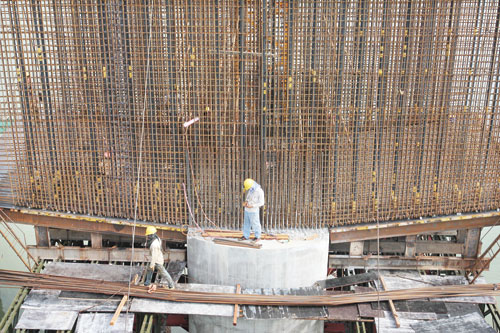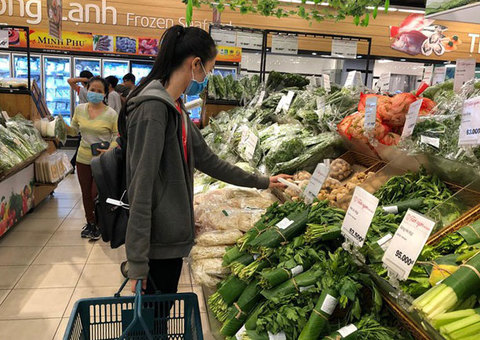Robust recovery continues
Robust recovery continues
Cambodia’s economy is on track to maintain its robust recovery thanks to a cocktail of private sector and government efforts. In 2012, the Asian Development Bank estimated that gross domestic product grew at a rate of 7.2 per cent, an increase from a 2011 International Monetary Fund figure of 6.5 per cent. After suffering from the fallout of the global economic downturn, GDP growth is surging back.

Kang Chandararot, president of the Cambodian Institute for Development Study, attributes much of the success to agricultural production, public investment in infrastructure and recoveries in both the garment and tourist sectors.
“The government role is a leading force, while the private sector followed as business confidence was not strong after the downturn [of 2008 and 2009],” he said.
The ADB predicts 7.2 per cent growth in 2013 and 7.5 per cent in 2014, figures that are largely contingent on a steady recovery of markets in the European Union and United States.
Contributing factors for growth include Cambodia’s exports, consumer spending and the diversified flow of foreign direct investment, which reached $1.5 billion in 2012. In its 2013 outlook, the ADB expects the industrial sector to expand by more than 10 per cent as EU demand for Cambodia’s products increase, thanks to preferential access to the market under the Everything but Arms initiative.
The ADB report says that export volume of garment and footwear products to the US may also rise in coming years.
Valued at $2.2 billion, Cambodia’s tourism sector continues to thrive. In 2012, Cambodia welcomed more than 3.6 million tourists, a 24 per cent rise when compared with 2011.
The export of milled rice in 2012 was about 200,000 tonnes, and is expected to be greater this year. The value of construction projects approved by the Ministry of Land Management, Urban Planning and Construction last year, at a time when the sector was facing the threat of labour shortages, was $2.1 billion – double the amount the year before.
Both the government and the private sector are making collective efforts to diversify the country’s exports while actively seeking new ways to market the Kingdom’s products, from its temples to its rice.
There is, however, more to be done.
Hiroshi Suzuki, Chief Economist of the Business Research Institute for Cambodia, is positive about sustaining growth through the evolution of Cambodia’s manufacturing base, instead of relying on the garment sector. Suzuki says Cambodia is attracting Japanese investment in automotive parts and electronics manufacturing.
“This type of foreign direct investment is the most important key for development in many Asian countries,” he said.
Moreover, as Cambodia looks toward integrating economically with other ASEAN member states, it has to play catch up when it comes to electricity supply, transport efficiency and infrastructure development.
Some analysts have also warned of unequal development.
“Cambodia’s economy is still fragmented, (there is) no broad-base growth . . . and it is led by unfair competition,” said Chandararot when asked about the challenges for Cambodia’s future growth.
Despite the shortcomings, observers believe that Cambodia’s economy will keep heading in a positive direction over the short and long term.
phnompenh post














